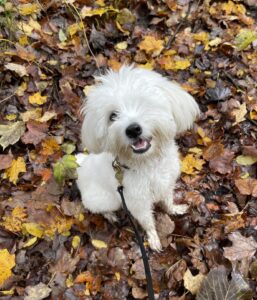Way of life®
Case Studies

Do you have a new pup?
Download this free Puppy Primer PDF document to get started on the right foundations with your new puppy.
Plus, you’ll get the Way of Life® Newsletter – offering tips, inspiration, recommendations and more!
Download Free Puppy PrimerPlus, you’ll get the Way of Life® Newsletter – offering tips, inspiration, recommendations and more!
Let's get started.
Resonate with my style of training? I’d love to chat with you about the behavior issues you’re experiencing and the goals you have for your canine!
Got Behavior Issues? Get Started Here











